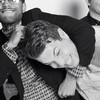
Advertisement
Ken Miller: It started with a sort of unrelated exhibition of abstract photography that I did in Tokyo about a year and a half ago. That was kind of a weird way for it to begin. It was a show with Sam Falls, Marcelo Gomes, Mariah Robertson, and this Japanese photographer named Taisuke Koyama. Somebody from Fujifilm came by and I guess they liked the show, so they got in touch. They took me out to drinks and showed me these cameras they were coming out with and were like "Do you think you could get photographers to use these?" The cameras were really nice, so I was like, "Yeah probably, it’s a free camera."We started putting a list of photographers together. I was initially thinking of people I’d worked with before, who seemed easy to approach. Then I thought, Fuck it. I’ll just ask ambitiously and worst comes to worst, they’ll say no. And amazingly, basically everybody said yes. Of the initial people we asked, only two passed for different reasons. It was remarkably easy.That’s pretty amazing.
I don’t want to sound like an advertisement for the camera, but it’s a digital SLR that works like the camera you studied in college. It has a lot of manual functions. So, I think there’s a certain nostalgia for a lot of these photographers who think "Oh, this works like a classic point-shoot Nikon" and they were psyched about that. You sort of forget photographers are camera nerds too, so they wanted to try it out.
Advertisement
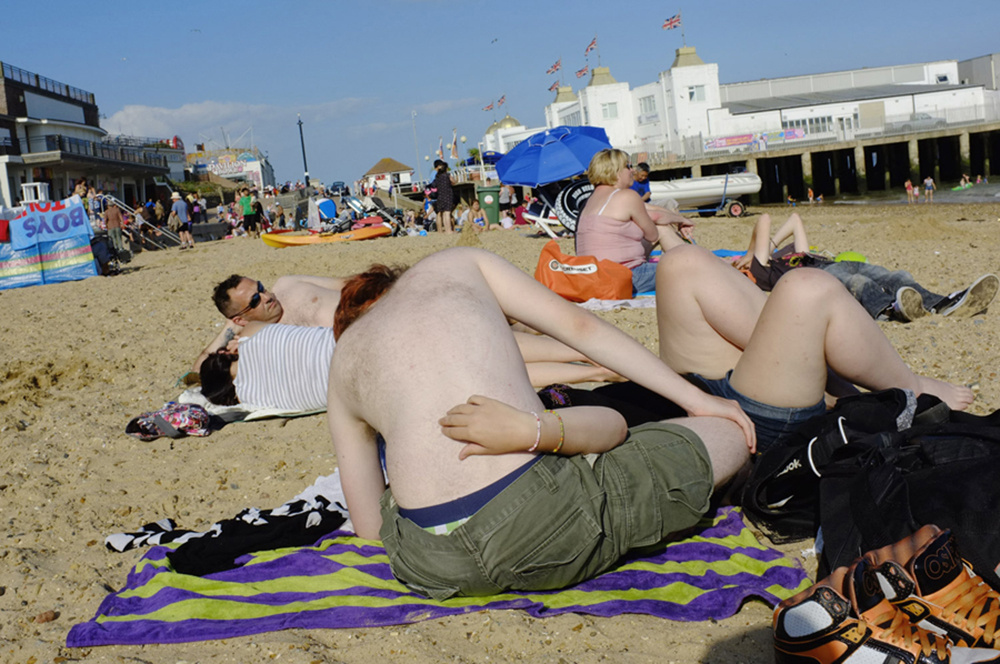
Yeah, it was really that simple. I just gave them the cameras and said "Hey, shoot whatever you want and then do an edit." So what they did was varied, and I didn’t really know what it was going to look like. I’m not very techy, so I worried that if they all used the same lens all the photos would look the same. What I think is really cool is that the photos are really individual, personal, and look like each photographer. Terry took his photos last August, and they were mostly still-lives of flowers, which was really unexpected. I really like them a lot, they’re very pretty, but they have that Terry light. He’s hitting it with a hard flash, the colors are really bright and vivid. And then Ryan was doing all these studio tests and shooting outside to try and get the light he wants, which I think is really a bit of challenge for him. Then the Nan Goldin photos are super-soft and moody. The Eggleston ones have a lot of color, but it’s not clean and bright pop color like Terry’s, it’s that Eggleston richness. The Stephen Shore photographs are cool because I think they look ones look like photos he’d have taken in 1972, you know? Street snapshots with a lot of angle, which just look like classic Shore photos. And the Martin Parrs are sort of mean and funny. He was the weirdest to edit because every photo I wanted to keep. The ones with proper composition and subject placement were ones he said no to. The ones that he wanted were sort of deliberately weird, the exact opposite of the way you’re taught to edit.
Advertisement
I pretty much just picked the photographers and photos, that was it. It was a really simple project. From past experience I tend to be pretty low-key in terms of giving people direction. I used to photo edit at a magazine for years [Editors Note: Ken was Editor-in-Chief of Tokion Magazine] and I find it really hard to try and overly creative direct photography. You have to trust the photographer and have a good relationship with them.Especially with people of that stature.
Exactly. I’m not going to be able to tell any of these guys what to do. I mean, I could try but they wouldn’t pay me any attention. They’d probably be offended and I don’t find that a very respectful relationship, anyway. You know, the editing was more or less collaborative. Some photographers like Ryan, Terry, and Eggleston to a degree sort of said "This is what you’re going to get, this is my edit." I’ve worked with all of them, so I knew to expect that. Then some, like Shore and Martin Parr, were so mellow and just gave over everything they shot for us to edit together. I wasn’t expecting that.
Advertisement
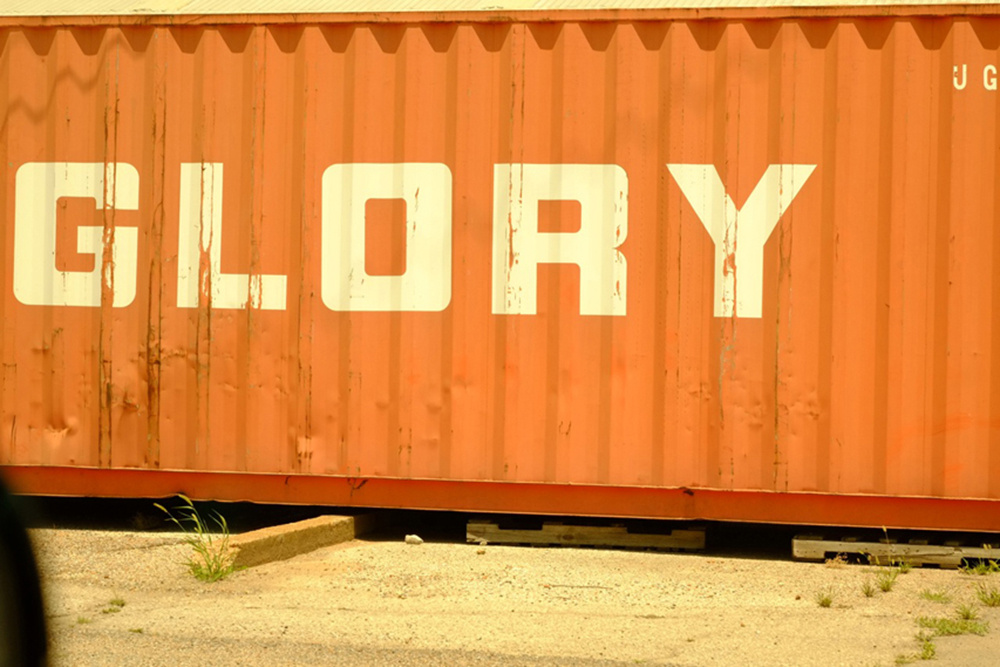
I didn’t work that directly with him. Many years ago I got him to give a talk in New York and he came with his son Winston, who manages everything for him. The talk was good. He’s not the world’s most informative dude when it comes to what’s going on in his head, but he’s still amazing. He shows up in his suit with the black gloves, the whole thing. He immediately started hitting on every girl we had around too, I remember. I learned from that to deal with Winston because he keeps it all together. I think his dad’s such a force of nature. Some artists reach a point where they’re gonna do what they’re gonna do, and you can just be happy you’re going to interact with it. But don’t push your luck too much.He’s probably the most important living photographer I could name.
I was blown away when he said yes. To my knowledge, this is the first time he’s shot digitally. He was willing to do it because the camera works in a way he’s familiar with. But I also think because I asked Shore first, and they’re friends, that made a big difference. Knowing he would be in the company of people he was comfortable with helped. Shore is amazing because he’s just down, he’s not very precious about taking photos. Obviously, he’s careful about the quality of the stuff he’s putting out, but he’s very open-minded about photography and trying things out.
Advertisement
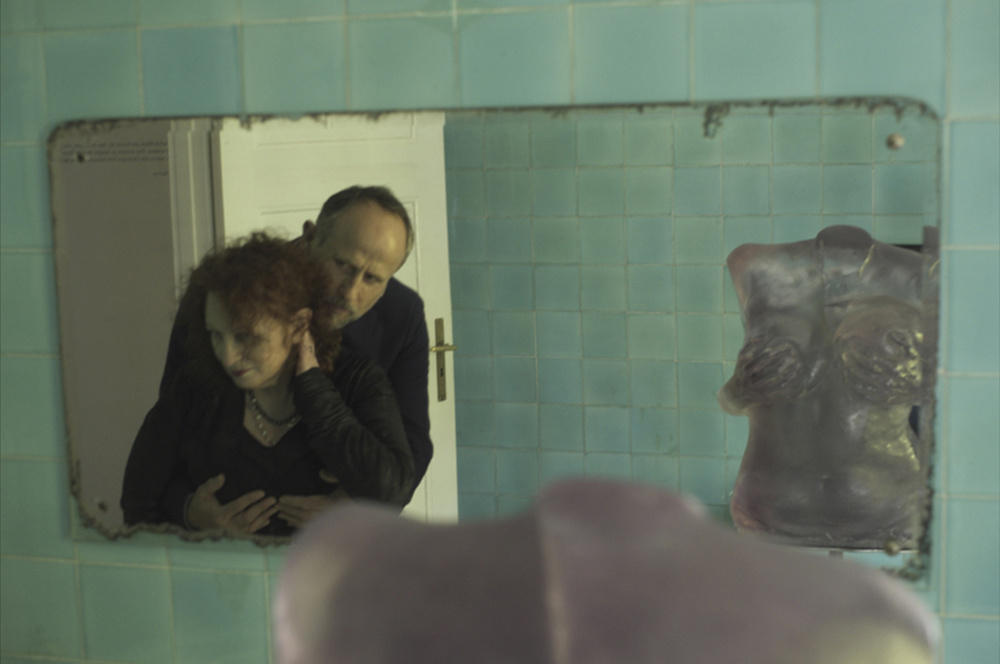
The response has been really good. You never really know what you’re going to get. One similarity between running exhibitions and magazines is that, until the magazine drops, there’s this weird silence. An exhibition’s the same. You’re putting it together and it’s this empty space. I find the process of installing exhibitions almost depressing. I mean, you’re just in this empty room hanging stuff on a wall, you know? And then once people get there, it becomes real.In Tokyo we had the opening on Saturday and there have been about 1000 people there every day, which is a lot more than we expected! I’m never totally clear how many people really give a shit, so I thought, "Wow, there actually is a big audience for us. That’s cool." I’m always nervous about whether there’s an audience there, so I am pleasantly surprised when there is.To me, the start and finish of a show are the best. The beginning, when you’re first interacting with the photographers and getting everything in is awesome. It sounds cheesy, but it’s true: It’s a privilege to work with people at this level. Then there’s the grunt work phase of making it happen in between. Then at the end, there’s the event. Having seen the show in two different places there’s been this weird thing happening where the work has just fit. There are distinctive things happening with each photographer.
Advertisement
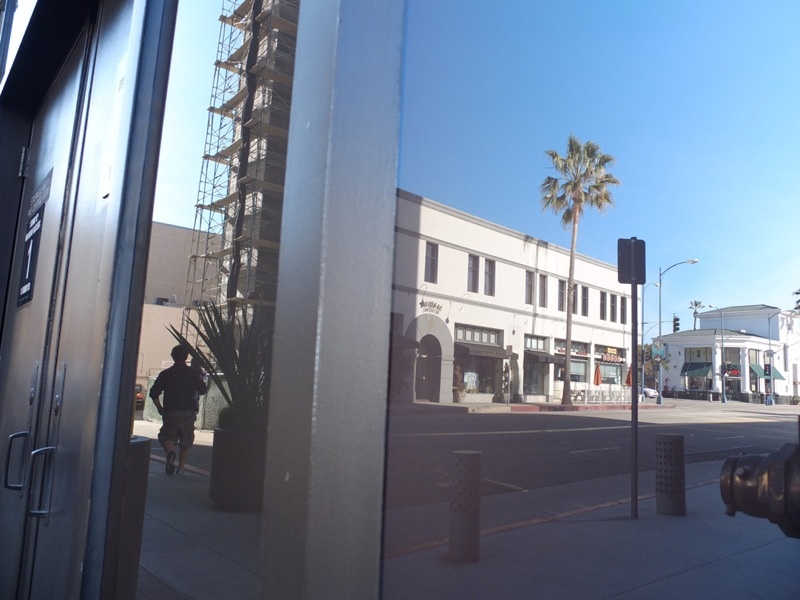
We have some offers to go further so we have to figure out if the photographers are into it. We have to see if it’s do-able. But I’d like to take it to a couple of other places. When we did the book Shoot, I ended up doing events in about 15 places, so when we were starting this, Ryan was like, "Is this going to be another of those things that goes on forever, dude?" So I feel a little self-conscious going back to them and saying "It might be!" But, it just might.PhotographyThursday, January 31, 20136:00 pm - 9:00 pmAperture Gallery547 West 27th StreetNew York, NY
